By now, most of us in the EV world have either experienced or heard about regenerative braking. It’s this surprisingly pleasant feature that helps recharge your battery every time you ease off the accelerator, at least when the road is dry. But in snow and ice? That’s where things get complicated. And today, thanks to a story from Tesla owner Rich Gill, we’re going deep into the unexpectedly slippery side of regenerative braking and whether it’s time for Tesla to rethink how it handles winter driving modes, especially for drivers who didn’t grow up in the Arctic.
Here’s what Rich shared recently in the Tesla Tips & Tricks group on Facebook:
“I purchased a new 2024 Tesla Model Y Long Range last year, and added the acceleration boost. Almost a year later I totaled it when I let off the accelerator, while driving slowly in a snow storm; it just went sideways and off into a ditch. I believe the regenerative braking locked the wheels and turned it into a sled.
I was planning on getting the exact same Model Y LR, just a year newer. That is until, I realized the performance models were nearly $9,000 off. So it wound up being cheaper than the Model Y LR, and I wouldn’t have to spend the extra 2k for the acceleration boost. Score!
Now that I have it, it seems slower than the Model Y LR. Anyone ever experience that? Maybe it has to do with the wheels being a smaller diameter? It’s most notable when I accelerate, slow down a bit, and accelerate again. It’s like it has less juice on the second hit, where the LR didn’t seem to have that much of a decline.”
Now that’s a story worth slowing down for - regen pun intended.
This isn’t just about one Tesla in a ditch. Rich’s experience opens up a broader and very real concern for EV drivers — especially those new to driving in slippery conditions. Regenerative braking is a revolutionary feature, no doubt about that. If you’re not familiar with how it works, take a moment to read this breakdown on regenerative braking and how it functions in EVs and Tesla vehicles. The article explains the fundamentals and even goes into why it’s generally great — except when it isn’t.
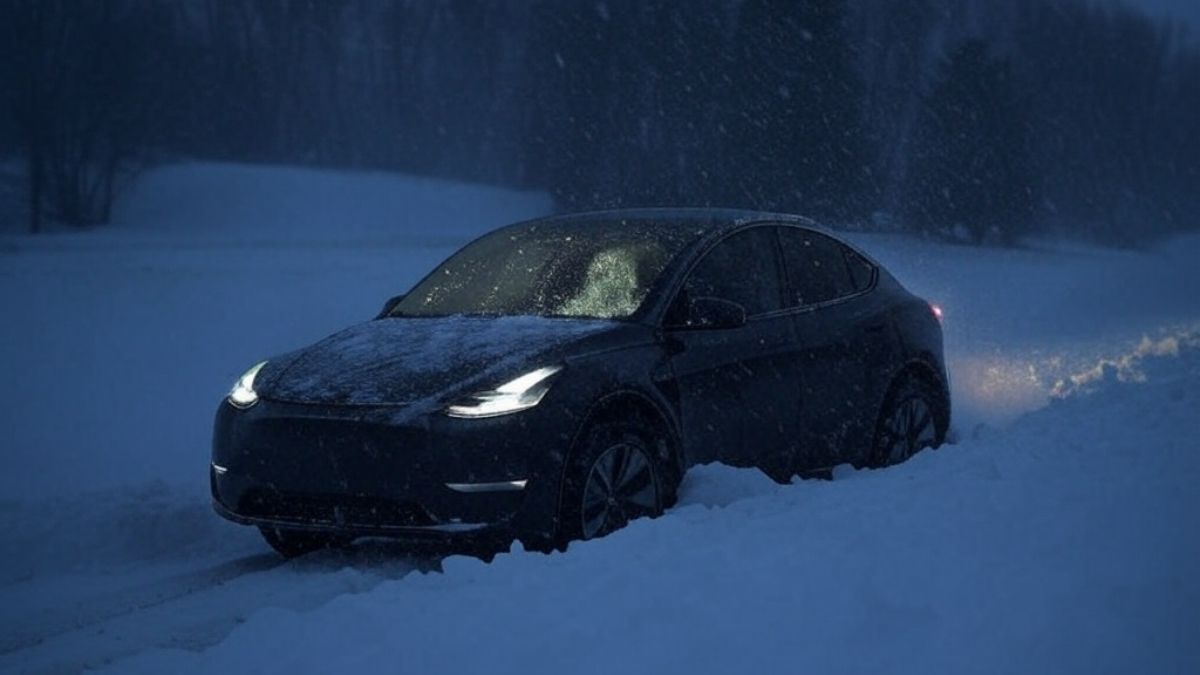
What Rich described — the car suddenly going sideways after lifting off the accelerator — is an example of how unchecked regenerative braking can feel unlikeable when traction is already compromised. That "sled" moment he experienced sounds eerily familiar to some Model 3 and Y owners in snowy areas.
Torleif Theodorsen, a Tesla driver from Norway (a country that basically lives in a snow globe for half the year), had this to say in the same thread:
“I am Norwegian and must say that I am surprised that you perceive the regen in relation to the driving conditions. Test friction by braking hard and assess the speed accordingly. Winter tires are a must.. you don't go out in slippers, do you?”
He's right. Tires matter. But even with winter tires, drivers report strange behavior when regen kicks in on black ice or powdery roads. Some even say that Teslas need a specific slippery-snow setting — something better than the existing Off-Road Assist. Yes, Off-Road Mode exists, and some Model Y owners have used it with mixed results in the snow. But does it really adjust regen braking or just tweak traction control? Tesla hasn’t made that clear, which adds to the mystery — and the risk.
Kimberly Brinson chimed in with a solid piece of advice:
“It’s best to turn off regen braking in snowy conditions. Glad you were ok. Hard to tell from your pictures but it didn’t look like much damage unless it damaged the batteries.”
Some drivers, especially in Norway, have expressed similar concerns. James Hooker added:
“I read lots of complaints about the regen braking on slippery winter roads here in Norway. I personally haven’t had an issue yet (4 winters with my M3LR), so I’m not sure if it’s down to different tires, technique or what. But definitely lots of people saying the regen should be able to be disabled on snow and ice.”
The idea of adjustable regen braking settings for snow makes sense. In fact, it mirrors what Tom McKee, another Tesla owner, did manually:
Advertising “I have a 2024 Tesla Model 3 Performance and drove it in the snow a lot this past winter. Impossible to drive in any of the standard modes because of the very real danger I faced when letting off the gas. But, thankfully, since it’s a Performance, I just made a Track Mode setting (I just named it Snow Mode) where I turned the regenerative brakes off all the way with the slider. I used it every time the roads were the least bit slippery and I felt 100% safe.”
He even created a separate “Fun Mode” for snowy parking lots. That’s practical and kind of brilliant. But it raises a question: why should drivers need to create a workaround for something that could be a factory option? Shouldn't safety in hazardous driving conditions be part of the baseline, not a DIY project?
While Rich's accident stemmed from an unexpected loss of traction, not all Tesla owners face such dramatic situations—some confront unusual dilemmas in their own garages. One Tesla mechanic recently shared how he avoided performing a $2,500 suspension repair on his own Model Y, not because he couldn’t do it, but because he didn’t want to accidentally void the car’s warranty. His story opens a window into the unlikely worries faced by EV owners who are mechanically inclined but caught between Tesla’s strict service policies and the high cost of dealership repairs. Here’s what happened and why even experienced mechanics are thinking twice about wrenching on their own Teslas.
This brings us to a wider issue in EV design: adaptive driving modes.
Many modern vehicles — especially luxury gas and hybrid SUVs like the Kia Sorento Plug-in Hybrid - come equipped with automatic terrain modes that adjust throttle response, brake sensitivity, and traction in real time. Tesla's software-based interface means they could roll out a true Snow Mode in an over-the-air update - if they wanted to.
And here’s where we can connect a larger trend: the increasing reliance on software settings in EVs to solve mechanical problems. While this offers flexibility, it can also lead to confusion. For newer EV drivers, the idea that your car may suddenly decelerate when you lift your foot - and not because of physical brakes - can be startling. Especially when it causes a spinout.
There’s also an ethical question to ask: Should automakers be commercializing performance add-ons (like Tesla's Acceleration Boost or FSD) while not offering free, life-saving driving modes for dangerous conditions?
Rich’s upgrade story adds another twist. After totaling his Model Y LR, he realized the Performance model was actually cheaper due to price drops — and it included faster acceleration without having to pay extra for the boost. But now, he says it feels slower, possibly due to different wheel diameters or power management changes. These kinds of software-versus-hardware inconsistencies are worth watching as Tesla continues to update performance through code.
And Rich isn't alone. In another real-world story, a Tesla Model 3 owner described ditching gas cars entirely after getting used to the smooth power delivery of EVs. But even he admits that regen takes some getting used to — and in bad weather, it's not always your friend.
So what can help?
Beyond snow tires, one answer may be simpler user access to customizable drive modes - like sliders for regen strength, throttle responsiveness, or automatic weather-detection. If software defines so much of Tesla’s performance identity, then let it also define safety on unpredictable winter roads.
And remember, regenerative brakes do reduce wear on traditional brake pads, but it’s not a myth that they can behave unpredictably in the wrong conditions. For more on that, here’s a solid breakdown on whether regenerative braking truly replaces traditional brakes — or if that’s just hype.
Bottom line? Electric vehicles can be fun, fast, and futuristic - until they start behaving like a sled in the middle of a snowstorm. Rich’s experience reminds us that winter driving is still a real-world test, no matter how advanced your tech is. Maybe it’s time Tesla gave regen braking the same seasonal upgrade that boots and coats get.
Have you had a moment where regenerative braking surprised you in snow or ice? Do you think Tesla should offer a real Snow Mode that adjusts regen and throttle response automatically? Let us know your experience in the comments below. Your feedback might just help another driver avoid a snowy slide into a ditch.
Armen Hareyan is the founder and Editor-in-Chief of Torque News. He founded TorqueNews.com in 2010, which since then has been publishing expert news and analysis about the automotive industry. He can be reached at Torque News Twitter, Facebook, Linkedin, and Youtube. He has more than a decade of expertise in the automotive industry with a special interest in Tesla and electric vehicles.
Image source: Grok.


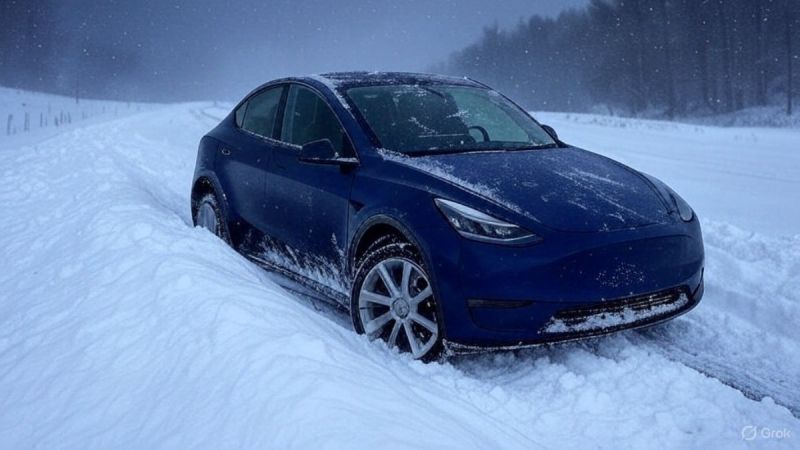




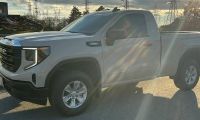


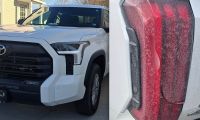
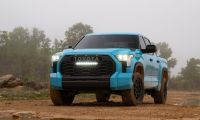
Comments
Imagine having a portion of…
Permalink
Imagine having a portion of your vehicles performance locked behind a paywall. Hard pass.
I don't understand my co…
Permalink
I don't understand my co-Tesla drivers!
Driving on snow is RISKY ENDEAVOUR Tesla or no Tesla.
You guys have seen people walk on iced sidewalk and almost always take a spill.
Install snow tires DURING WINTER SEASONS. Don't rely on you having
4 wheel (all wheel) drive.
The extra weight of your Tesla does not Translate to safe car for driving in the snow.
I practiced driving on slippery surfaces on regular tires. That's risky. It means I'm better driver (on snow) than some but I will not take that risk driving on snow on regular tires!
I've seen it happen that cars doing 7 miles don't stop until 25 feet later.
You'll have hell of a time justifying that it's the vehicle's fault for doing this or doing that. YOU ARE THE CAPTAIN. ALL DECISIONS RESTS ON YOU.
I will not risk my Tesla that way.
So Thanksgiving morning,…
Permalink
So Thanksgiving morning, upstate NY mountain road driving, full occupancy in my new 7 seat Model Y LR. I come into a slight curve, going slow, reduce the acceleration, and the car turned into a sled. I steer into the slide, and luckily after a few seconds, just a few feet from running off the road into a ditch the traction catches. I am a very experienced winter driver, this event shook me to the core. I honestly thought I did something wrong, but now that I read this I think it was the regenerative braking. I agree Tesla should have a winter driving mode, use the camera system, when snow is visible, have a pop up on the screen, use for this drive only.
Having driven on snow for 60…
Permalink
Having driven on snow for 60 years and having a 24 Y LR, I find the throttle breaking much more sensitive than traditional brakes. If it's slippery and you take your foot off the gas you always run the risk of licking up the wheels and going into a slide. This is not unique to regenerative breaking. Slow down test your traction by slowing down, speeding up etc. if you lock the wheels up the only way to regain control is to add power and wheels are turning. I drive 20 miles a day , 5 days a week on switchbacks going skiing. I love regenerative breaking summer and winter. Did you have winter tires?? Michelin cross climates great tires!!
I don't know what this…
Permalink
I don't know what this driver is talking about. I have a 2022 Model Y. When it gets anywhere near freezing, the regenerative braking is turned off. This happens even when there's not one bit of moisture on the roads. I wish I could turn on regenerative breaking in this case. If it started snowing it would be up to me to turn it off. If there's a way to turn it off, let me know. I'll use it when it cold and dry.
Use CrossClimate tires or…
Permalink
Use CrossClimate tires or actual winter wheels.
I drive a semi truck. We…
Permalink
I drive a semi truck. We have something called an engine brake. (Aka: Jakes, Jake Brake, exhaust brake, or that loud brapping noise trucks make coming off a hill that I KNOW FOR A FACT THEY DO SPECIFICALLY TO ANNOY ME BECAUSE I DON'T UNDERSTAND THEM)
From every description I've ever read about regenerative braking, it is the EV equivalent to an engine brake. I do to save my brakes, EVs do it to recover energy. Cool. Why do EVs not have a 0/1/2/3 system of intensity?
In my truck, I have a 16 speed transmission. R1, R2, N, E, 1-12. "E" in this case, stands for "efficiency"...or "eco". Not sure which. Trucks have intertia. Lots of it. Sometimes, the transmission will kick down into E, which is N by a greener name, and let gravity and/or inertia do the job. This cuts my RPMs by 50% or more, depending on my current gear and speed. The engine brake is available as a lever I can engage, but if I don't engage it, it doesn't activate. I can coast, or use my service brakes. Why do the EVs not have something roughly similar?
Interesting article. We can…
Permalink
Interesting article. We can all see the potential of regenerative braking causing this issue, but I'd never thought about it before. Thank you.
No Tesla in our fleet but we…
Permalink
No Tesla in our fleet but we have a 1st gen Nissan Leaf that handles situations like that quite differently. Being fwd only the front wheels engage regenerative braking, but in my experience, the leaf disables all the Regen when abs/traction control detects wheel slip. Can be disorienting but I kind of see why it does that after reading this. Funnily enough our Volt or Escape Hybrid isn't nearly as sensitive, but the brake/Regen biasing is a bit less clunky in general on those cars.
Glad this story is out there…
Permalink
Glad this story is out there. I had the *^%+ scared out of me on a cold night in my Kia EV 6 when the regen put me sideways on a freeway gentle corner. I was going about 45 mph. I was fairly new to the car, was aware of its “snow” mode, but erroneously thought of it in terms of traction starting up on a slippery surface. In fact it also reduces regen to low. Either because I didn’t think about using the snow mode or because the surface seemed ok…until it wasn’t, I didn’t have it on. Credit to Kia for having it, although I think I’ll turn off regen entirely in future snowy/icy conditions. The Kia is gone early due to its 12 volt battery defect/problems…next winter I’ll learn what’s best to do in my BMW i4 (a far superior car) before the snow starts to fly. Unfortunately it doesn’t have a dedicated snow mode but the chassis and handling are way better than the Kia; and I’ll consider winter tires, and reduce regen as much as possible.
Rivian has "snow mode" that…
Permalink
Rivian has "snow mode" that was not mentioned.
User error. As a vehicle…
Permalink
User error. As a vehicle operator, you're responsible for operating the vehicle properly. That includes having proper tires, chains, equipment and the knowledge and wisdom on how or when to use a vehicle. Like Subaru owners that wrongfully take their AWD on 4WD roads, people need to be fined for stupidity.
Almost all of this article…
Permalink
Almost all of this article is nonsense. The regenerative braking is linked into both the ABS and Stability Control; both of which will ensure the wheels don’t lock during to regen on slippery surfaces.
Almost certainly, people are just driving too fast for the conditions in which case no amount of Stability Control can overcome. The laws of physics where speed exceeds available grip.
My qualifications for making these statements is that I have spent 35 years as a brakes and suspension engineer.in the car industry.
Pagination